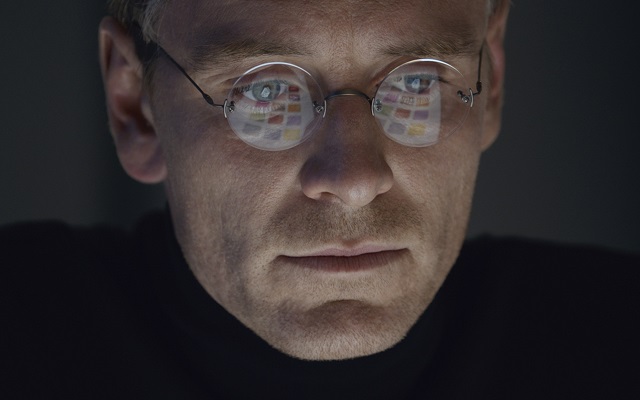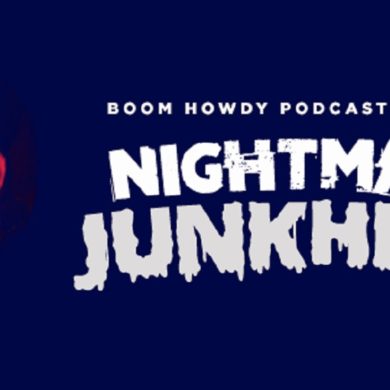After watching Steve Jobs, I felt like I learned a lot about the enigmatic co-founder of Apple; however, I also felt like there was a lot more I didn’t learn. The movie takes place between 1984 and 1998 with only a brief mention of an idea that would become the iPod. It instead focuses on the years that might be considered failures when the original Macintosh bombed, he was booted from Apple and he subsequently used the launch of NeXT to return and lead the company to unprecedented success.
The story is told in three parts, each part taking place in the moments before a product launch: the Macintosh (1984), NeXT (1988) and the iMac (1998). Everything we learn about Steve Jobs (Michael Fassbender) comes from the interactions he has with colleagues and “family.” I put the word family in quotations because I’m not sure he ever publically admitted, in the movie at least, that he fathered a child with Chrisann Brennan (Katherine Waterston).
That’s an interesting point because his daughter, played by three different young actresses, seems to have been the inspiration for some of his ideas. I think he sees himself in her as well as a manifestation of what he thinks consumers want from his products. Over the years, his affection for her grows, while disdain for her mother grows. He expects Lisa to be better than her mother, which sometimes places her in unfair situations.
The more consistently reliable relationship Job has throughout the span of the movie is with his marketing executive, Joanna Hoffman (Kate Winslet). Hoffman stands up to him, often acting as his conscience while never letting his personal attacks affect her. I wonder if their relationship was like this in real life, or if her character was embellished for the movie to help reveal more about the inner workings of the man.
Other relationships that reflect his evolution include partner Steve Wozniak (Seth Rogen), Apple CEO John Sculley (Jeff Daniels), and developer Andy Hertzfeld (Michael Stuhlbarg). They were largely at odds for the time period covered by the movie, but they all stuck by his side in one way or the other. This fact probably says more about Jobs than the man himself. There’s a reference to him conducting an orchestra, of which these people were at various times vital members.
Steve Jobs is based on the biography by Walter Isaacson and is written by Aaron Sorkin (The Social Network, Moneyball). It’s not as fast talking as The West Wing or The Newsroom, but is still a talky movie. Especially with the formal three-act structure described above, and the relatively static locations, the movie could easily be a play. The dialogue is often funny, but the points the script makes are sometimes a little pat. It’s not Sorkin’s best work.
More disappointing, though, is the direction by Danny Boyle (Slumdog Millionaire, 127 Hours). There is an occasional creative touch, such as when Jobs is talking to Hoffman about Skylab and the wall behind him becomes a screen showing its launch. There should be more of these moments or none at all. The first half of the movie is also intercut with close-ups of Fassbender on the side of the screen, who then turns and walks to the center. Why? It’s distracting.
Whether or not you’d enjoy Steve Jobs depends on how compelling you find the personality of the man, but I’m not sure the movie tells us enough about him to satisfy our curiosity. Overall, it’s a decent movie, but it’s not outstanding. I liked it at the time, but I didn’t take much from it. I wanted to call it “a fascinating portrait,” but it’s not that either. Maybe it’s just a piece of a puzzle, a companion piece to what we already know, or can read, about Steve Jobs.





